Shock Absorber Diagnosis Tool
Select all symptoms you've noticed with your vehicle:
Select symptoms and click "Diagnose Potential Issue" to see results.
Quick Takeaways
- Worn shock absorbers or struts are the #1 complaint in suspension systems.
- Typical signs include excessive bouncing, uneven tire wear, and a droning noise over bumps.
- Diagnosing the problem takes a visual check, a bounce test, and a quick road feel.
- Replacement is usually straightforward, but pairing it with fresh bushings and a wheel‑alignment saves headaches.
- Regular inspection every 30,000mi (or 2years) keeps handling sharp and parts lasting longer.
What the "most common problem" actually means
When car owners or mechanics say the suspension is acting up, they’re often pointing at one component that fails fastest under stress. That component is the shock absorber a hydraulic device that controls spring movement and dampens road shocks. In everyday language, you’ll also hear "strut" used, especially on front‑end designs where the shock is integrated with the steering knuckle.
Why does it top the list? Shock absorbers constantly compress and expand, converting kinetic energy into heat. Over time the seals wear, oil leaks, and the piston’s ability to control motion drops. The result is a vehicle that feels "soft" or "floaty" and can’t keep the tires planted.
How to spot a worn shock absorber
There are four classic symptoms that most drivers notice before the issue becomes dangerous:
- Bouncing after a bump: Push the front or rear of the car down and let go. More than one bounce means the absorber isn’t damping.
- Early tire wear: Look at the tread pattern. If the edges are worn more than the center, the suspension isn’t holding the tire flat.
- Dripping fluid: A clear oily residue around the absorber’s mounting bolts signals a seal leak.
- Unusual noises: A clunk or rattling when going over potholes usually comes from a loose or broken shock.
Combine these clues with a quick road test - if the car feels nosy on rough pavement, you’re probably dealing with the common suspension issue of worn shocks.
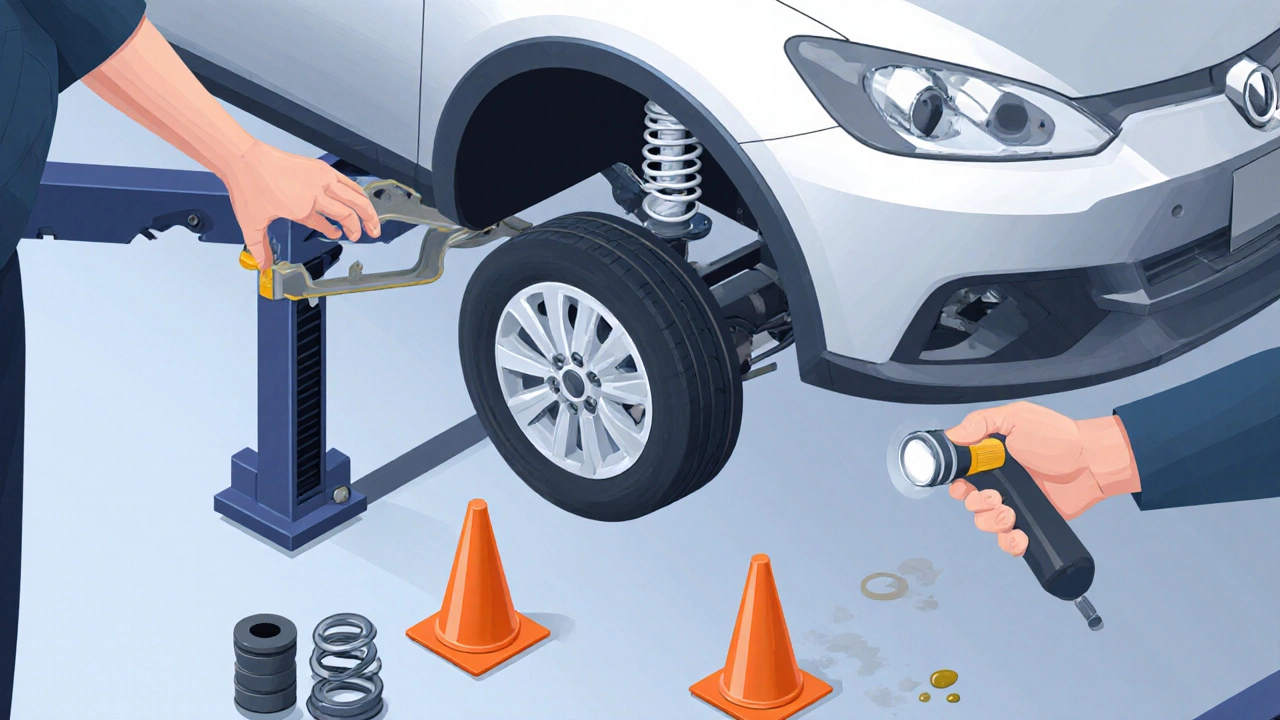
Other frequent culprits (and why they’re often confused)
While shocks get most of the spotlight, a few related parts break down at similar rates:
- Suspension bushing rubber or polyurethane cushions that isolate vibration between metal components. When these dry out, you get clunks and vague handling loss.
- Control arm the linkage that holds the wheel hub to the chassis. A cracked arm can cause alignment drift and uneven wear.
- Spring the coil that supports the vehicle’s weight. Broken springs lead to sagging and a harsh ride.
Because all these parts work together, a bad bushing can make a shock look worse than it is, and vice‑versa. That’s why a thorough check is essential before swapping parts.
Step‑by‑step inspection guide
Grab a jack, some basic tools, and follow this checklist. Safety first - park on level ground, engage the parking brake, and use jack stands.
- Raise the front (or rear) wheel and support it with a stand.
- Visually examine the shock absorber for oil stains or torn dust boots.
- Perform the bounce test: push down on the wheel assembly and watch the motion. More than one rebound = suspect.
- Check the suspension bushing for cracks, flattening, or looseness by moving the control arm side‑to‑side.
- Spin the tire; listen for rattles that might indicate a loose control arm bolt.
- Lower the car, then repeat on the opposite end.
- After any replacement, get a professional wheel alignment adjustment of the steering geometry to factory specs to avoid uneven tire wear.
Replacing a worn shock absorber
Most DIYers can tackle a shock swap in under an hour per wheel. Here’s the core process:
- Remove the wheel and disconnect any brake‑caliper bolts if needed.
- Unbolt the top mount (usually a 13mm nut) and the bottom mounting nut.
- Slide the old shock out and compare it to the new unit - they should match in length and mounting style.
- Insert the new shock, torque the top and bottom nuts to the manufacturer’s spec (commonly 95Nm).
- Re‑install the wheel, torque the lug nuts, and lower the car.
- Repeat on the opposite side for balanced handling.
Tip: Swap both front or both rear shocks at the same time. Pairing the new shocks with fresh suspension bushings (if they show signs of wear) prevents premature failure.

Cost, lifespan, and maintenance tips
Factory‑spec shocks typically last 50,000-70,000mi, but aggressive driving or rough roads can cut that in half. Prices for a quality aftermarket unit range $70‑$150 per piece, while a full‑service shop will charge $200‑$300 including labor.
To stretch their life:
- Avoid potholes and speed bumps when possible.
- Schedule an inspection every 30,000mi or 2years, whichever comes first.
- Replace both shocks together to keep the front‑and‑rear balance even.
- Consider polyurethane bushings if you drive on rough surfaces frequently; they resist cracking better than rubber.
Comparison: Worn Shock Absorbers vs. Worn Bushings
| Aspect | Worn Shock Absorbers | Worn Bushings |
|---|---|---|
| Primary Symptom | Excessive bounce, fluid leaks | Clunking noise, vague looseness |
| Effect on Handling | Reduced stability, longer braking distances | Uneven steering feedback, tire wear variance |
| Typical Lifespan | 50‑70kmi | 80‑100kmi (rubber), 120k+mi (polyurethane) |
| Repair Cost (parts) | $70‑$150 per shock | $20‑$60 per bushing set |
| DIY Difficulty | Medium - requires spring compression | Easy - usually just a press‑out |
Bottom line
If you hear a rattling noise, see uneven tire wear, or notice the car bouncing more than usual, chances are the shock absorber is the culprit. Address it promptly, replace the counterpart parts if needed, and get a proper alignment. Your ride will feel smoother, your brakes will work better, and the rest of the suspension will thank you.
Frequently Asked Questions
How often should shock absorbers be replaced?
Most manufacturers recommend inspecting them every 30,000mi and replacing them between 50,000‑70,000mi, unless you notice the bounce symptoms earlier.
Can I replace only one shock absorber?
You can, but it’s best to replace the pair on the same axle. Mismatched shocks cause uneven handling and wear.
What’s the difference between a shock absorber and a strut?
A strut combines a shock absorber with a structural mount that supports the vehicle’s weight and aligns the steering. In front‑end suspensions, the strut replaces the separate upper shock mount.
Will new shocks improve fuel economy?
Indirectly, yes. A smoother ride reduces rolling resistance and lets the engine run at optimal RPMs, shaving a few percent off fuel use.
Is it safe to drive with a leaking shock absorber?
It’s not ideal. A leak means the damping force is reduced, which can lead to loss of control on wet or uneven roads. Repair it as soon as possible.
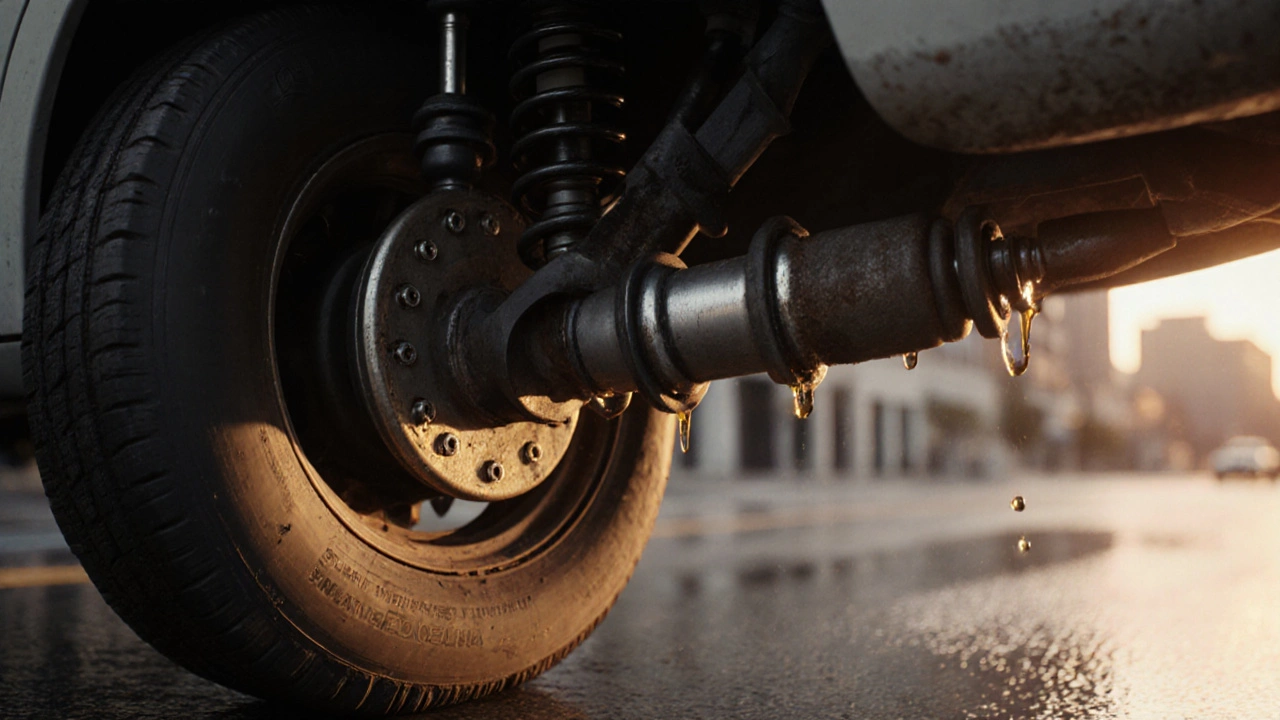
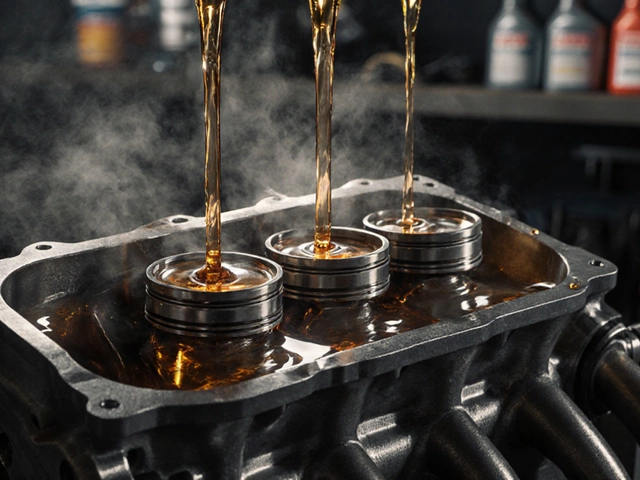
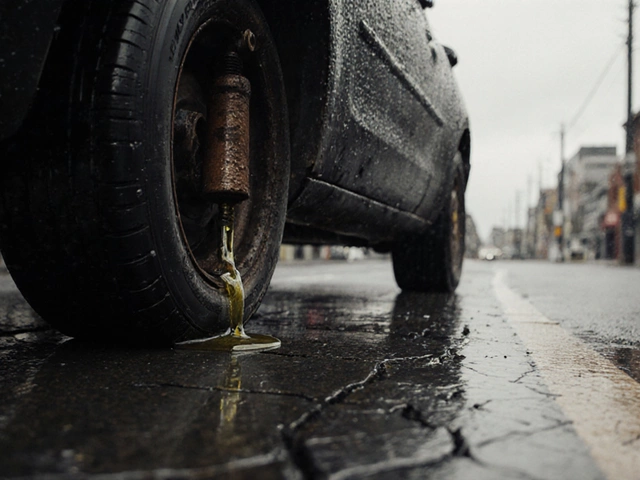
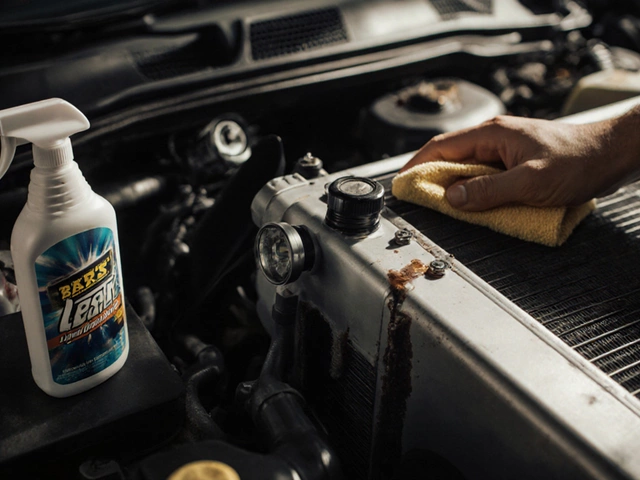

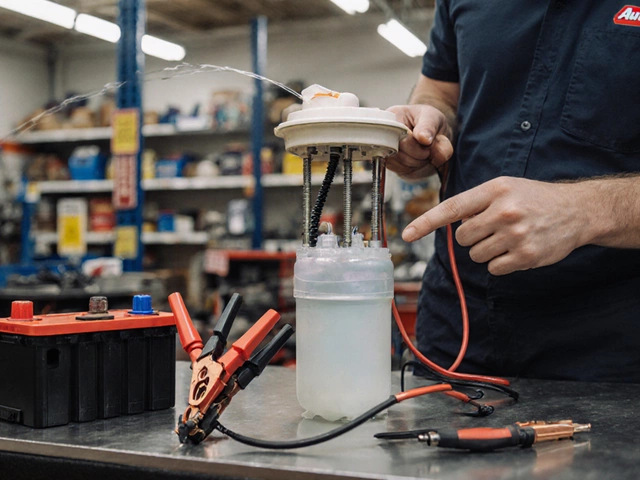
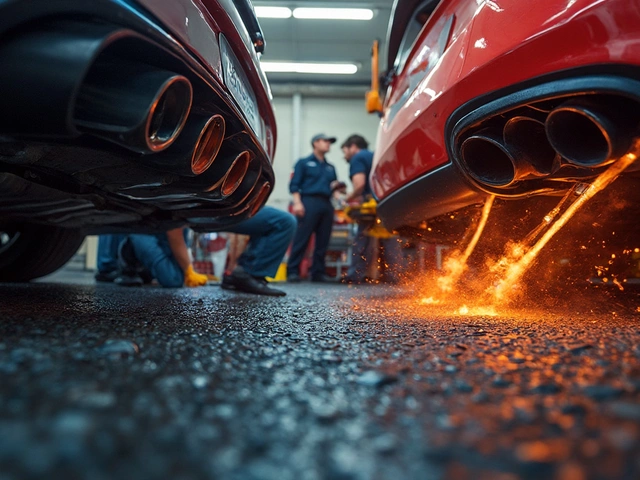

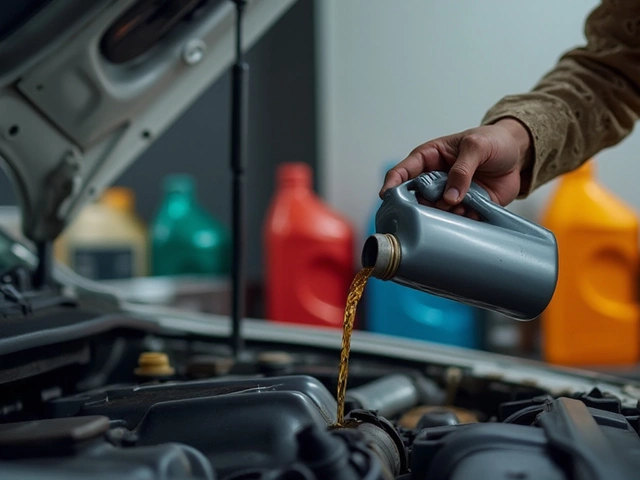


Write a comment